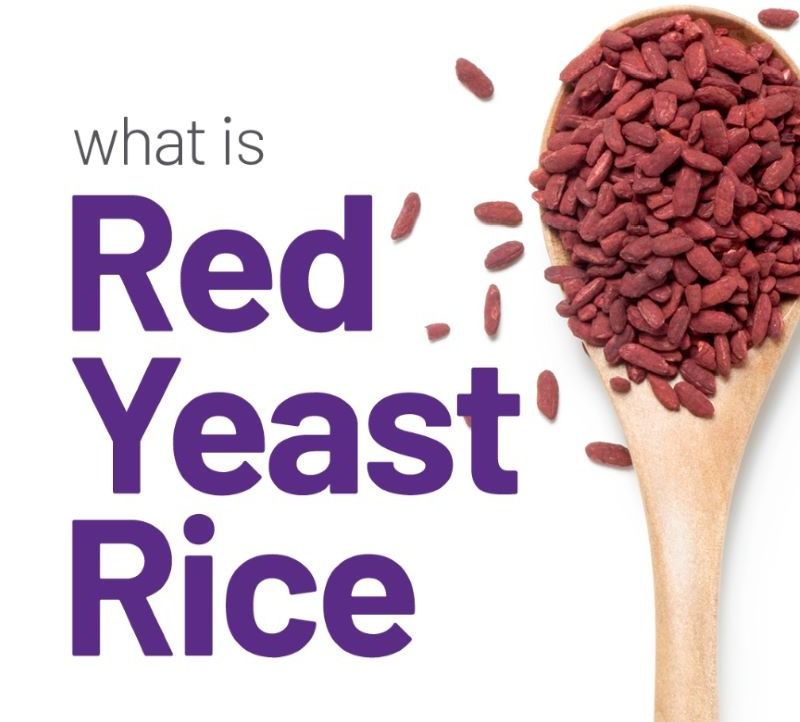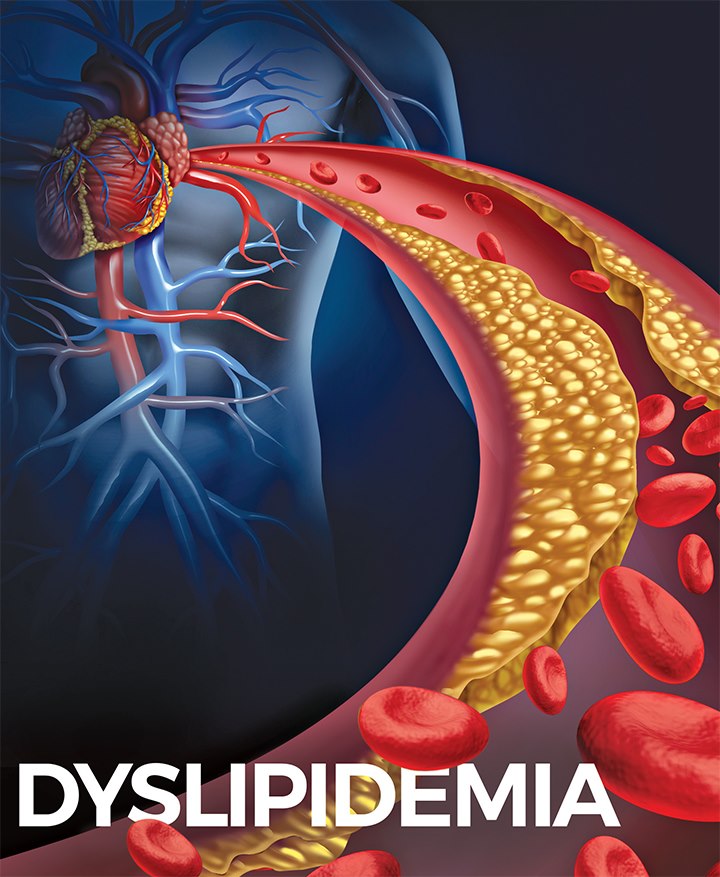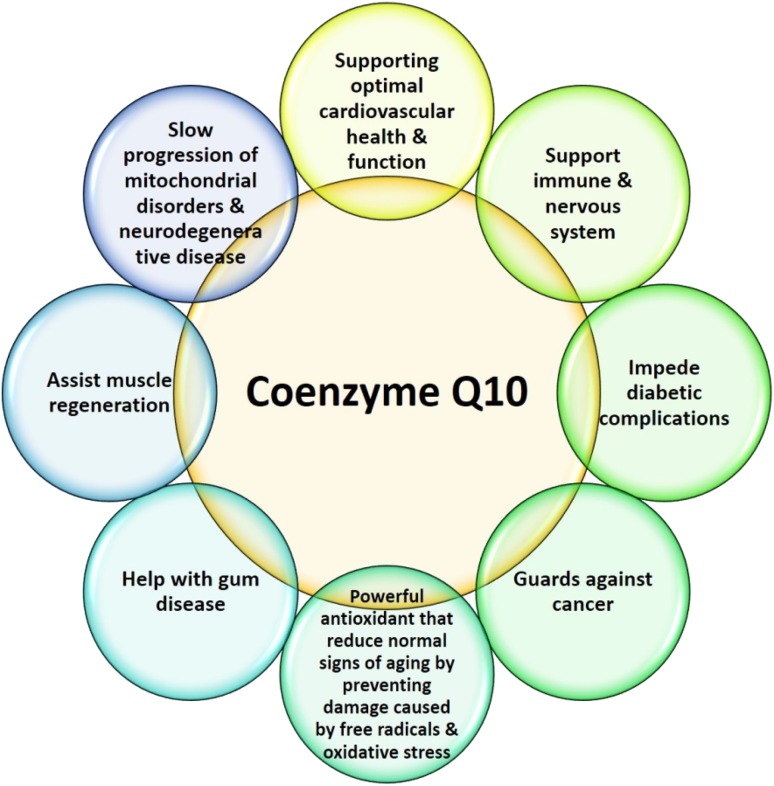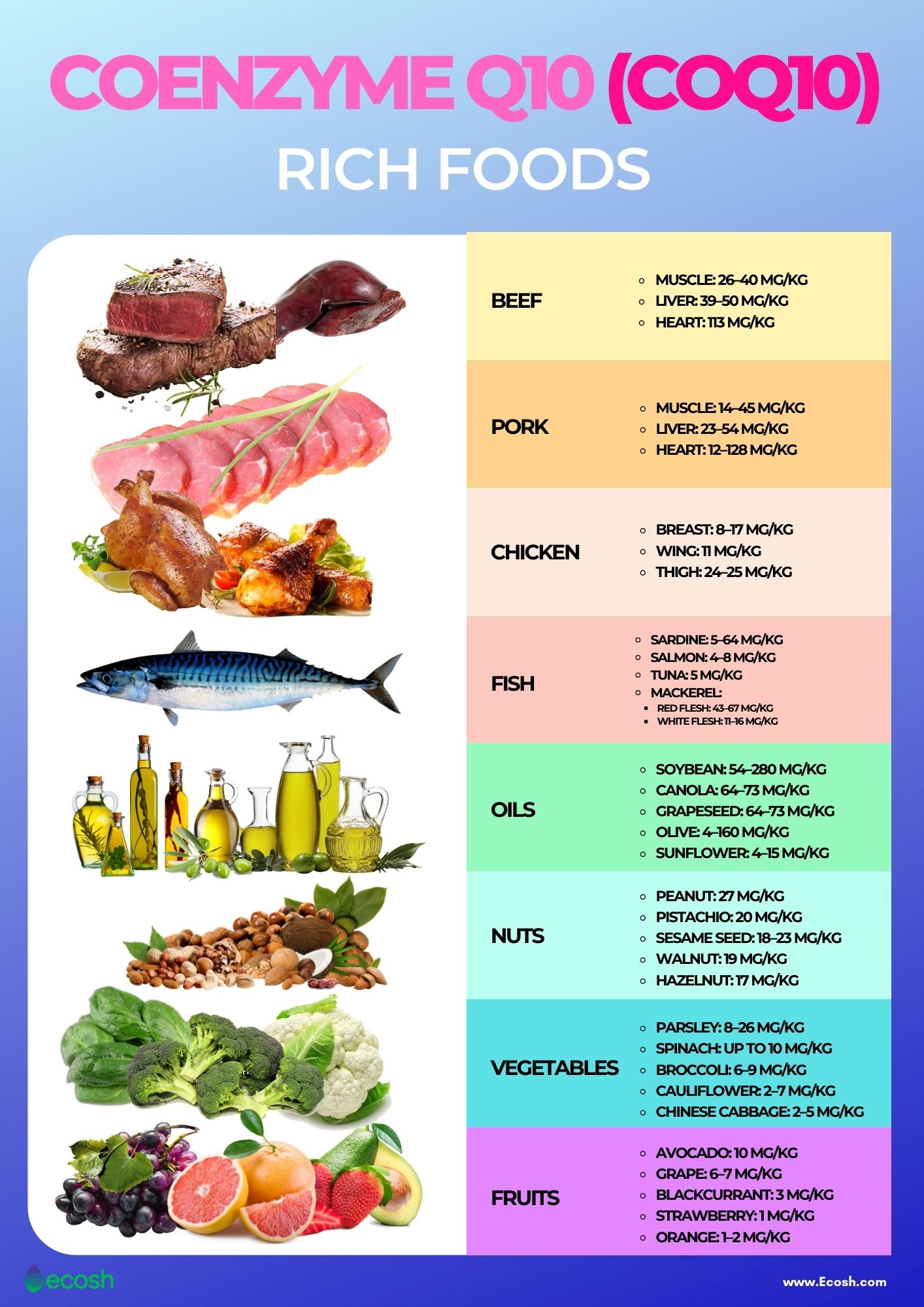
Cardiovascular disease (CVD) is a condition which has multiple rick factors to include lack of exercise, obesity, hypertension, smoking, ethnicity, gender age, and dyslipidemia.1 The latter factor, dyslipidemia, has a particularly potent contribution to cardiovascular risk, defined as the probability of an unwanted event such as myocardial infarction, stroke, or death.2 Ultimately, controlling the progression of dyslipidemia is paramount, and interventions such as red yeast rice has been suggested manage the same. In the following sections, dyslipidemia will be considered in greater detail, the benefits of red yeast rice, and potential deficiencies that may occur from the implementation of such a botanical.

Dyslipidemia can be characterized by low high-density lipoprotein particles (HDL-C), high small dense low-density lipoprotein particles (LDL-C), high very low-density lipoproteins (VLDL-C), and high triglycerides (TG).1(532) Such aberrations in lipid concentrations and ratios, especially between elevated elevated triglycerides and low HDL particle concentrations have been shown to increase cardiovascular risk, independent of LDL-C concentrations.1(532) Thus, interventions which facilitate a return to optimal levels and ratios is critical, especially among populations with diabetes, metabolic syndrome, and obesity; a cluster of conditions intimately associated with dyslipidemia.1(532) In the following sections, dyslipidemia will be explored in greater detail as well as the effects of red yeast rice upon TG, LDL-C, and total cholesterol (TC).

Red yeast rice has been proposed as a natural means of supporting the aforementioned lipid levels and ratios. Such an intervention is an appealing adjunct to, or potential replacement of, traditional statins as the latter tends to induce diabetes, hyperglycemia, increased liver enzymes, fatigue, lowered energy, muscle weakness, and myalgias (muscle pain).3 Red yeast rice has been used as a dietary supplement, and herbal medicine, in China for several centuries and its constituents (Monacolin K) has been thought to facilitate the management of dyslipidemia.3(1) Indeed, research in the form of a meta-analysis of 13 random, placebo-controlled trials (804 participants) investigating the effects of red yeast rice has supported reductions in LDL-C, TG, and TC when compared to placebo groups.3(6) Although red yeast rice does show promise, there still remains a possibility of botanical-induced nutrient deficiencies.

Statins have the potential to reduce CVD yet, as mentioned previously, side effects can and do persist to include deficiencies in coenzyme Q10 (CoQ10); a substance well known for, and critical to, its role as a cofactor in aerobic cellular respiration and energy production within the mitochondria.4 CoQ10 not only assists in mitochondrial ATP production; said nutrient also acts as an anti-oxidant protecting LDLs from oxidation and is found predominantly within skeletal and cardiac muscle.4(181) Thus, its presence (and optimal concentrations) in the human body is critical in maintaining normal energy levels and cardiac function. Statins lower cholesterol levels by inhibiting an enzyme (3-hydroxy-3-methylgluteryl co-enzyme A, or HMG-COA) responsible for its synthesis.4(180) Although such a process might be deemed desirable in the presence of hyperlipidemia, statins also lower CoQ10 production since HMG-COA also synthesizes CoQ10. Interestingly, red yeast rice may cause the same deficiency.

Although red yeast rice appears to have little-to-no known side effects when compared to statins, caution might be suggested to individuals who conclude that red yeast rice has no side effects at all. Monacolin K, a constituent of red yeast rice which is also used in statins, does down-regulate HMG-COA and may interrupt the synthesis of CoQ10. Such potential deficiencies of CoQ10 from red yeast rice administration was explored implementing a rat study whereby 88 adult male mice were divided into a control and experimental group.3(131) The experimental group was further divided into a low dose group (1 g/kg bodyweight) and a high dose group (5 g/kg bodyweight).3(132) Immediately after, the control group mice were killed and CoQ10/monacolin K levels were examined. The experimental groups were analyzed for CoQ10/monacolin K levels and killed after the following intervals of .5 hr, 1 hr, 1.5 hr, 4 hr, and 24 hr.3(132) The following sections will explore the findings in greater detail.

Results indicated that heart (and liver) concentrations of CoQ10 dropped precipitously in both experimental groups, with particularly large decreases in the high dose group in as little as 30 minutes post-administration of red yeast rice.3(132)Furthermore, heart CoQ10 concentrations remained reduced even after 24 hours.3(133) When comparing both experimental groups, the higher dose red yeast rice had greater suppressive effects on CoQ10.3(131) Although results are limited to rat models, such research should create pause when considering red yeast rice as an alternative, or adjunct, to statin use. At minimum, the research and conclusions by Li et al3(134) should encourage individuals and medical professionals to monitor CoQ10 levels when supplementing with red yeast rice and/or statins for the purposes of controlling dyslipidemia. Such an approach could help foster the beneficial effects of red yeast rice while mitigating its potential side effects.
In conclusion, CVD is a condition which has multiple rick factors to include lack of exercise, obesity, hypertension, smoking, ethnicity, gender age, and dyslipidemia. Dyslipidemia, has a particularly potent contribution to cardiovascular risk, defined as the probability of an unwanted event such as myocardial infarction, stroke, or death. However, red yeast rice does show promise in lowering LDL-C, TG, and TC and may serve as a replacement, or adjunct, to traditional statins. Though not entirely devoid of side effects, red yeast rice does appear to have less impact on the same when compared to statins, though they both appear to lower COQ10 levels, especially if higher doses of red yeast rice are required. As such, monitoring COQ10 levels, and possibly supplementing with the same, might be indicated if a deviation from normal COQ10 reference ranges is detected.
References
1. Silva AM, Aguiar C, Duarte JS, et al. CODAP: A multidisciplinary consensus among Portuguese experts on the definition, detection and management of atherogenic dyslipidemia. Rev Port Cardiol. 2019;38(8):531-542. doi:10.1016/j.repc.2019.03.005.
2. Payne RA. Cardiovascular risk. Br J Clin Pharmacol. 2012;74(3):396-410. doi: 10.1111/j.1365-2125.2012.04219.x.
3. Li Y, Jiang L, Jia Z, et al. A meta-analysis of red yeast rice: A effective and relatively safe alternative approach for dyslipidemia. Plos One. 2014;9(6):1-10. doi:10.1371/journal.pone.0098611.
4. Potgieter M, Pretorius E, Pepper MS. Primary and secondary coenzyme Q10 deficiency: The role of therapeutic supplementation. Nutr Rev. 2013;71(3):180-188. doi: 10.1111/nure.12011.
-Michael McIsaac
